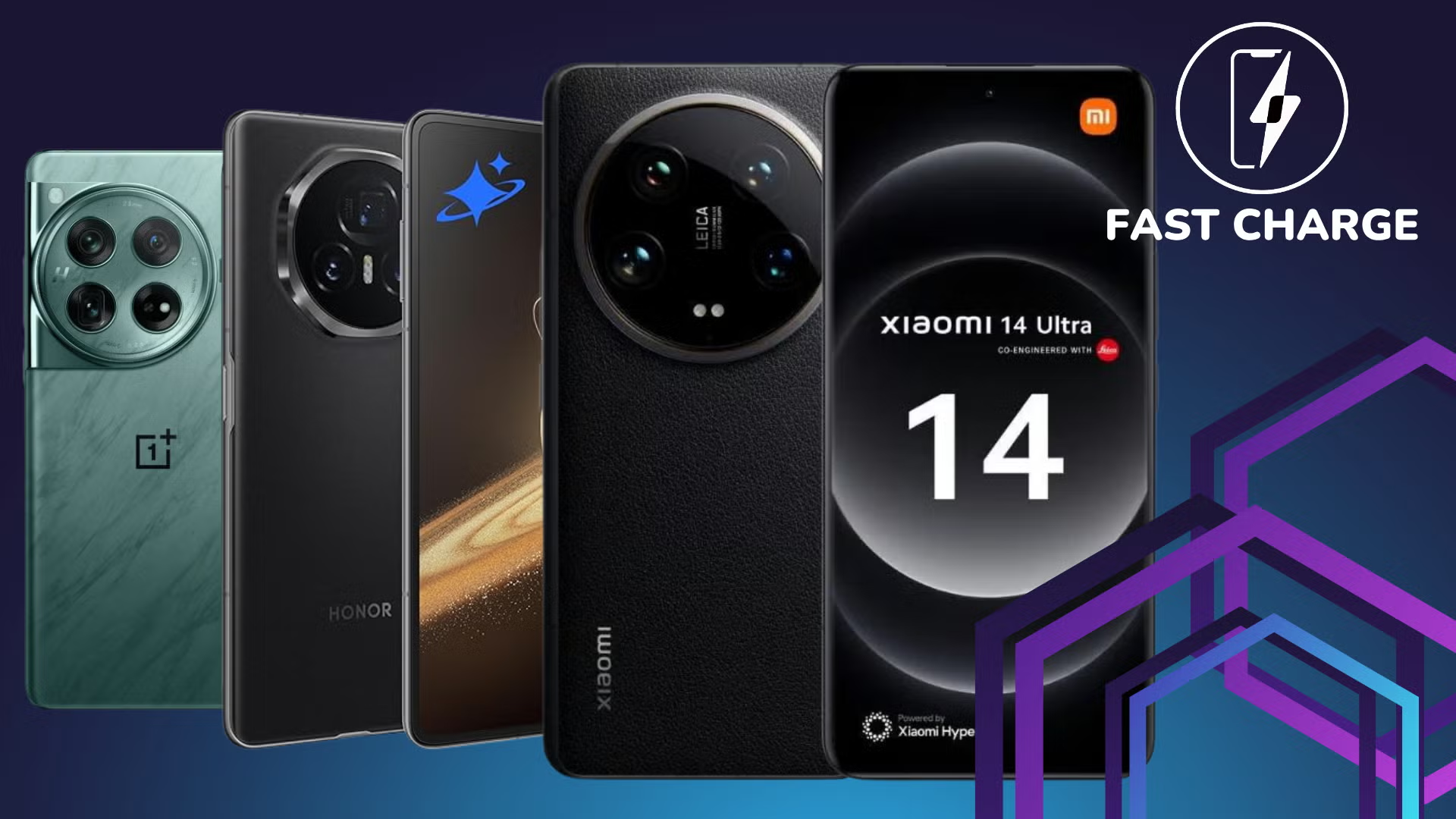
Smartphones have become more than just tools for communication. In recent years, they’ve transformed into all-in-one devices that handle everything from work tasks to entertainment, fitness tracking, photography, and even health monitoring. As we move through 2025, a wave of new updates and trends is reshaping the mobile industry in surprising and exciting ways.
One of the most noticeable changes this year is how smartphones are becoming smarter—both in software intelligence and in how they adapt to users’ habits. AI integration isn’t just a buzzword anymore. It’s deeply embedded in daily usage, helping with everything from adjusting screen brightness based on environment, to suggesting apps and even managing battery life. Phones now learn from users over time and fine-tune themselves to work more efficiently.
Another shift is happening in the design language. While previous years focused heavily on thinner bodies and curved screens, now the trend is moving toward more functional innovations. Foldable and rollable displays are no longer niche experiments. They’re becoming mainstream, and major manufacturers are focusing on making them more durable, smoother to operate, and better optimized for multitasking.
Battery life has also seen notable improvements. Many new smartphones are using advanced materials and smarter software to extend battery efficiency. Fast-charging has become nearly universal, and some phones now offer full-day usage after just a brief charging session. Moreover, wireless charging is more accessible, with better speed and range than before.
Camera technology continues to be a battleground among top brands. But rather than simply competing over how many lenses a phone has, the real progress lies in how software and AI are being used to enhance image quality. Low-light photography, real-time video stabilization, and instant background editing are now standard in premium models. Even mid-range phones can deliver stunning results that rival traditional cameras.
Sustainability has also entered the conversation in a real way. Several smartphone makers are focusing on eco-friendly materials, modular components, and extended support for software updates. This shift is not just about marketing—it’s responding to growing consumer demand for devices that last longer and do less harm to the environment. Some companies are even experimenting with biodegradable packaging and repairable designs to reduce electronic waste.
When it comes to performance, chipsets have reached a new level of power and efficiency. Mobile processors are now capable of handling tasks once reserved for desktop computers. From advanced gaming to video editing and even AI-based productivity apps, smartphones are replacing laptops for more users than ever before.
Security and privacy have also taken center stage. Biometric authentication is faster and more secure, with fingerprint sensors embedded directly in displays and facial recognition becoming quicker and less prone to errors. Users are being given more control over app permissions, data tracking, and personal information storage.
Connectivity is another area that’s advancing rapidly. While previous generations introduced faster wireless networks, now there’s a focus on stability, efficiency, and broader availability. Urban and rural users alike are starting to benefit from stronger and more reliable mobile data coverage. This allows smoother streaming, better cloud access, and improved experience for mobile-first users.
Voice assistants and gesture-based controls are becoming more refined, aiming for a truly hands-free experience. Devices are getting better at understanding context, accents, and natural language. This allows users to operate their phones more fluidly, without needing to constantly tap or swipe.
In terms of the user interface, minimalism continues to guide design choices. Operating systems are cleaner, simpler, and more focused on reducing visual clutter. There’s a growing focus on digital well-being, with features that help users track their screen time, avoid distractions, and manage notifications more effectively.